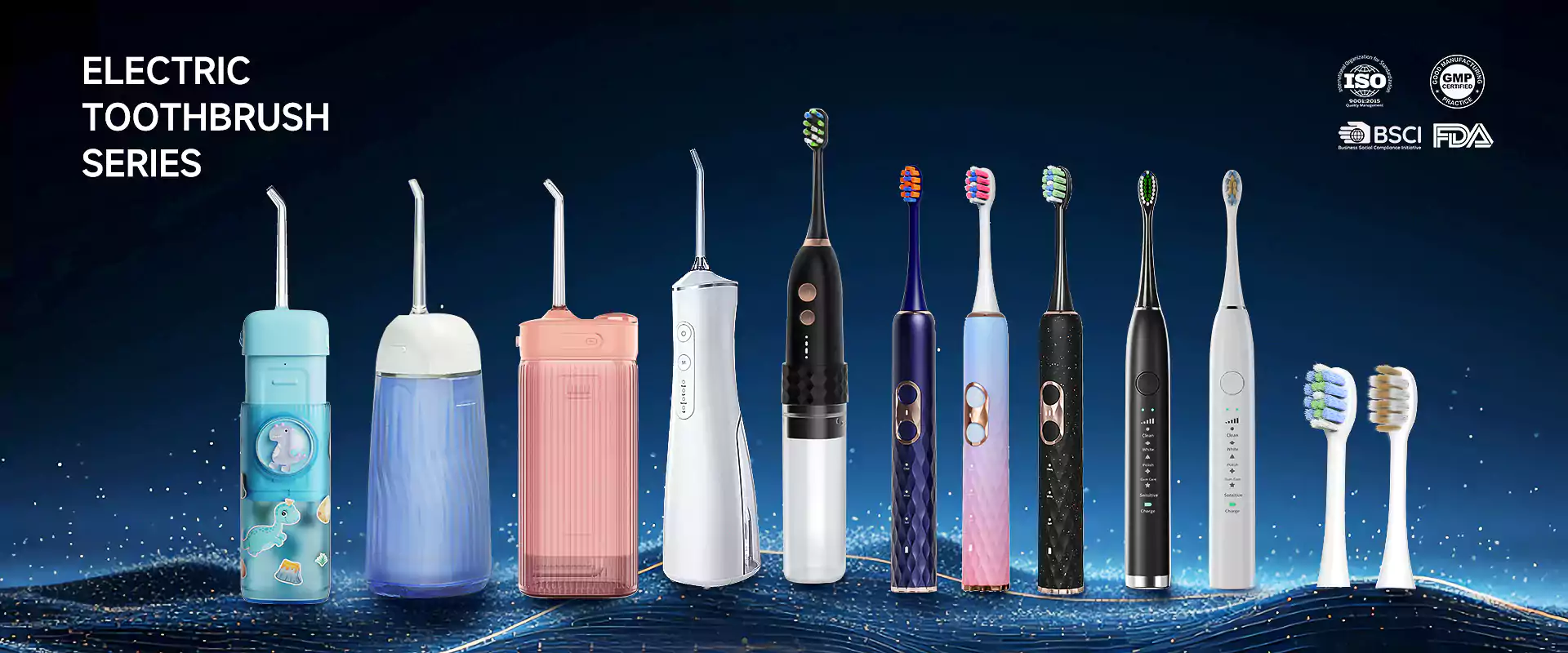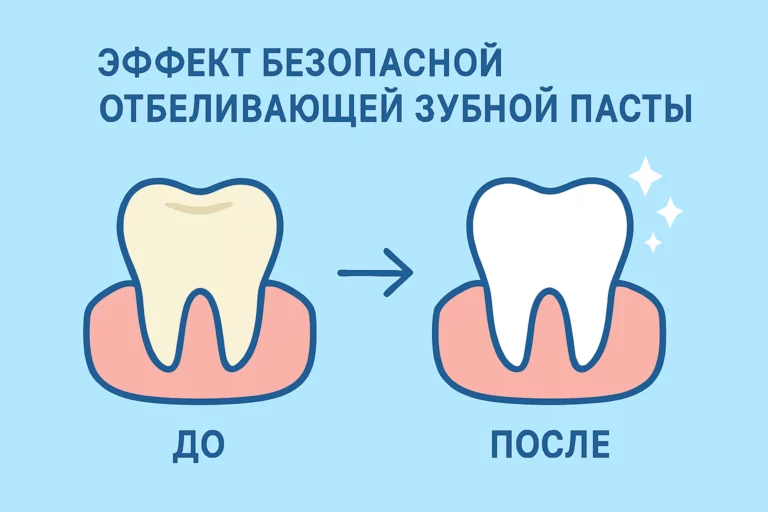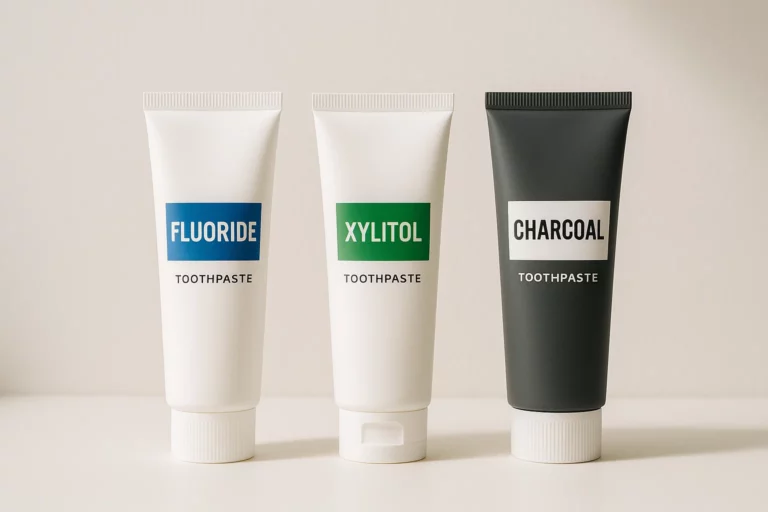Brushing your teeth is an essential part of maintaining oral health. It‘s also a part of our daily routine, serving as a way to wake ourselves up in the morning and wind down at night. But while brushing your teeth may seem straightforward, it actually requires some technique. If done incorrectly, brushing may not only fail to protect your teeth, but it can also cause long-term damage.
Today, well explore seven common tooth-brushing habits that can actually harm your teeth rather than protect them. Let’s see how many of these you‘re guilty of and what changes you can make to improve your brushing routine.
1. Relying Too Much on Your Electric Toothbrush
There’s no doubt that electric toothbrushes are more convenient and require less effort than manual brushes. They’re often praised for their ability to provide a more thorough clean with minimal work. However, simply owning an electric toothbrush doesn’t guarantee that your teeth are getting properly cleaned. The effectiveness of any toothbrush, whether electric or manual, largely depends on your technique. The key to properly cleaning your teeth is to follow the **Bass brushing method**, which emphasizes brushing at a 45-degree angle towards the gum line with gentle circular motions. Just relying on the vibrations or rotating head of an electric toothbrush without using the right method can result in incomplete cleaning, leaving plaque and bacteria behind. So, while electric toothbrushes are useful, don’t forget that proper brushing technique is still essential.
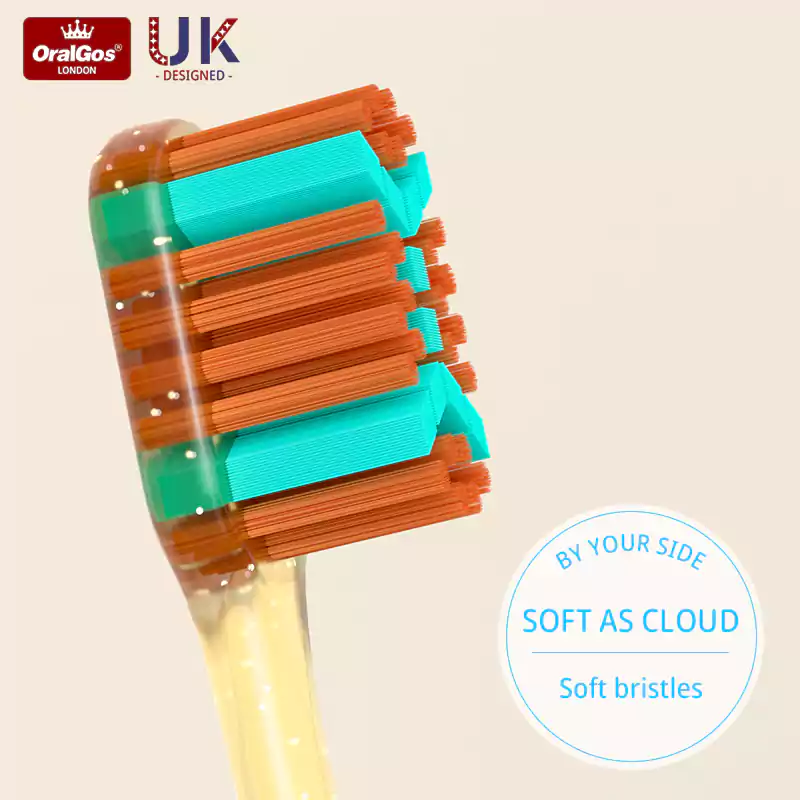
2. Not Replacing Your Toothbrush or Brush Head Frequently Enough
After months of use, the bristles of your toothbrush wear out, become frayed, and lose their effectiveness. Worn-out bristles can’t clean your teeth properly, leaving behind plaque and food particles that can contribute to cavities and gum disease. Experts recommend replacing your toothbrush, or the brush head if you use an electric toothbrush, every **three months**. You may need to replace it even sooner if the bristles become visibly bent or damaged. Take a moment and ask yourself: when was the last time you replaced your toothbrush? If it’s been more than three months, it’s time for a new one!
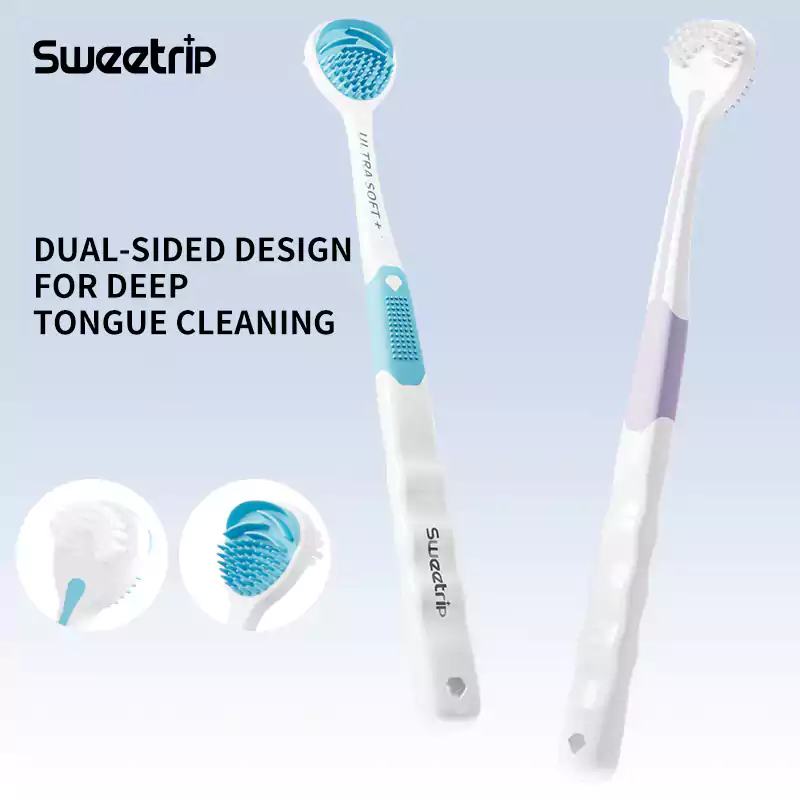
3. Neglecting to Clean Your Tongue
Most people focus solely on their teeth when brushing, but the tongue can also harbor harmful bacteria that contribute to bad breath and other oral health issues. The surface of the tongue is covered with tiny bumps and grooves where bacteria can thrive, leading to an unhealthy mouth. To maintain complete oral hygiene, gently brush your tongue from back to front every time you brush your teeth. Many toothbrushes come with a built-in tongue scraper on the back of the head, but you can also use the bristles to clean your tongue. Just be sure to brush gently to avoid irritation.
4. Not Brushing Long Enough
Proper brushing takes time. Rushing through your brushing routine can leave areas of your mouth uncleaned, leading to plaque buildup, cavities, and gum disease over time. Dentists recommend brushing for a minimum of **two minutes** each time you brush, both in the morning and at night. Try setting a timer or using an electric toothbrush with a built-in timer to ensure you’re brushing for the full two minutes. If you’re not used to brushing for that long, you might be surprised at how much time it actually takes to clean each tooth thoroughly.
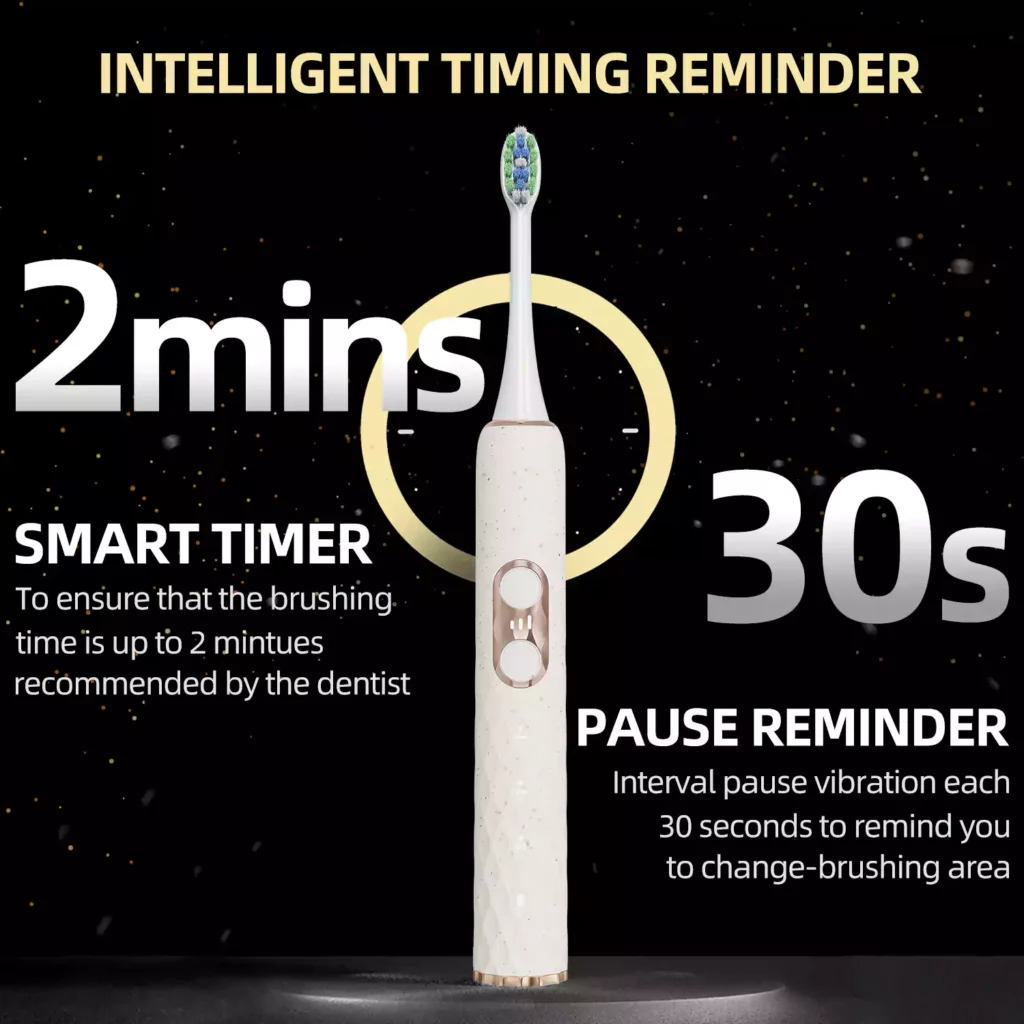
5. Brushing Too Hard
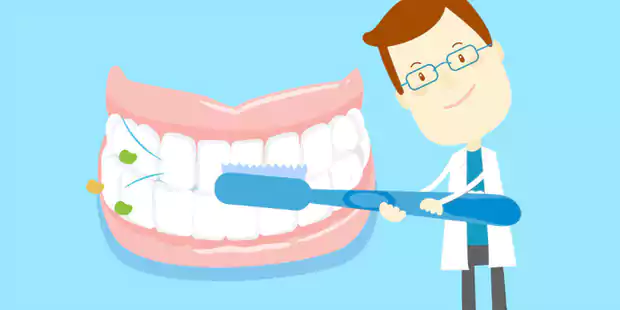
A common misconception is that the harder you brush, the cleaner your teeth will be. In reality, brushing with too much force can wear down your tooth enamel and irritate your gums, leading to sensitivity and even receding gums over time. The key to effective brushing is not the amount of force you use but the technique. Using the **Bass method** (mentioned above), brush gently and use soft or medium bristles to protect your enamel. Avoid harsh, back-and-forth scrubbing motions and instead focus on slow, circular movements.
6. Using the Wrong Toothpaste
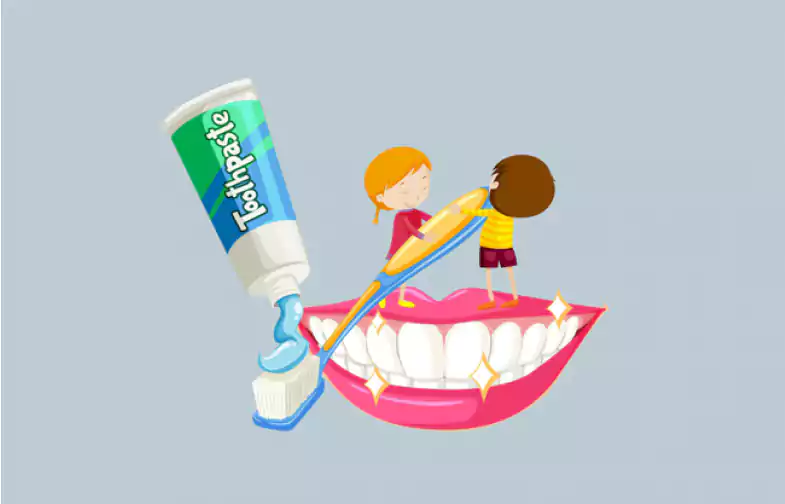
Choosing the right toothpaste can make a significant difference in your oral health. When browsing the many types of toothpaste available, the key ingredient to look for is **fluoride**. Fluoride helps strengthen your tooth enamel and protect against cavities by making your teeth more resistant to decay. While there are many specialty toothpastes on the market, including whitening, sensitivity, and natural varieties, ensuring that your toothpaste contains fluoride is crucial. If your toothpaste lacks fluoride, you’re missing out on an important defense against cavities.
7. Skipping Flossing or Water Flossing
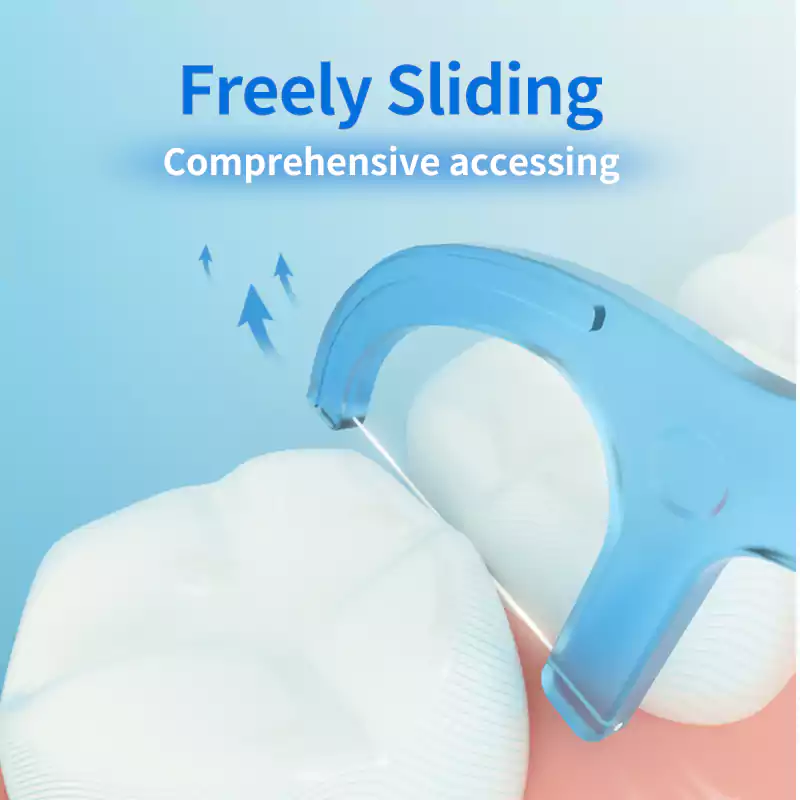
Even if you brush your teeth twice a day, as recommended, brushing alone can’t remove food particles and plaque from between your teeth. These tight spaces are prime locations for bacteria to thrive, potentially leading to gum disease and cavities. To keep your teeth and gums healthy, it’s important to floss at least once a day. You can use traditional floss or opt for a **water flosser**, which uses a stream of water to remove debris from between your teeth. This step is essential for preventing cavities and gum disease that develop in the spaces your toothbrush can’t reach.
Conclusion!
So, how many of these harmful brushing habits are you guilty of? Brushing your teeth might seem like a simple, everyday task, but as we’ve seen, there’s much more to it than just scrubbing away. By paying attention to these often-overlooked details, you can protect your teeth from unnecessary damage and keep your smile healthy for years to come. Our teeth are the hardest part of our body, designed to last a lifetime if properly cared for. Treat them well, and they’ll serve you well in return—because healthy teeth mean a healthy appetite and the joy of enjoying good food!


